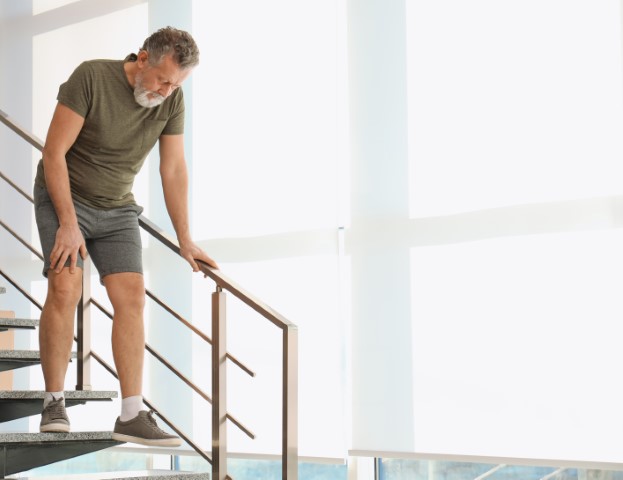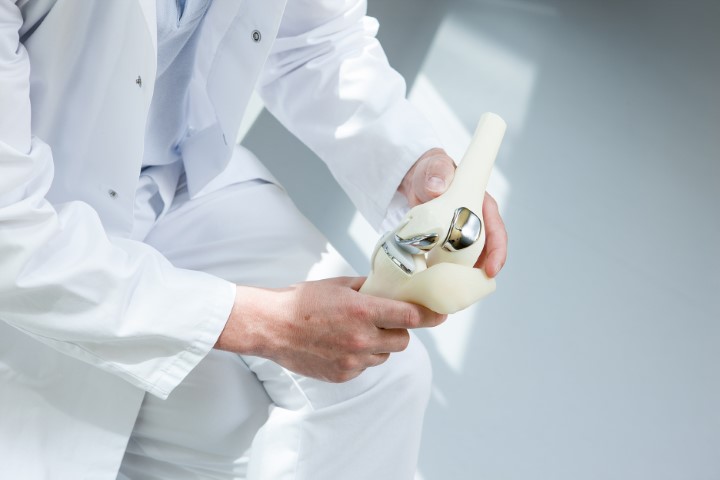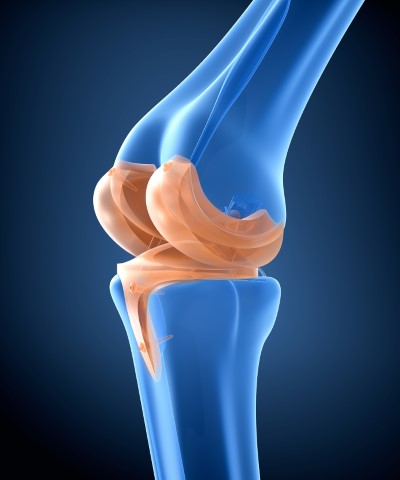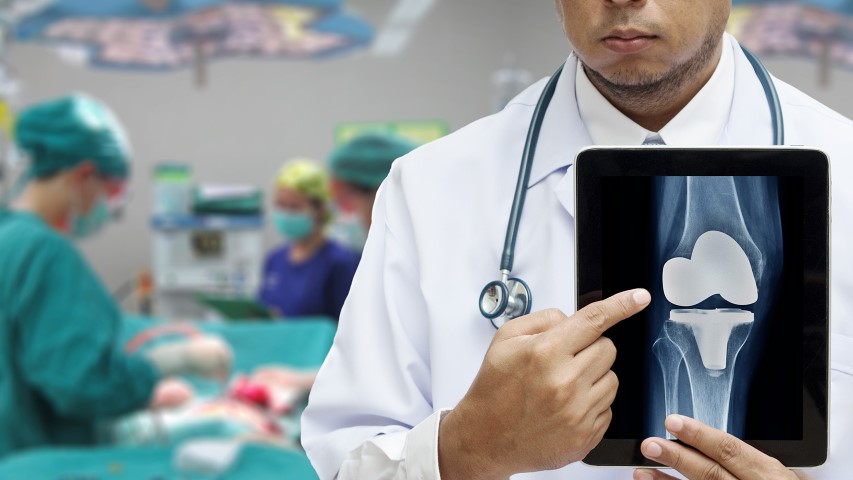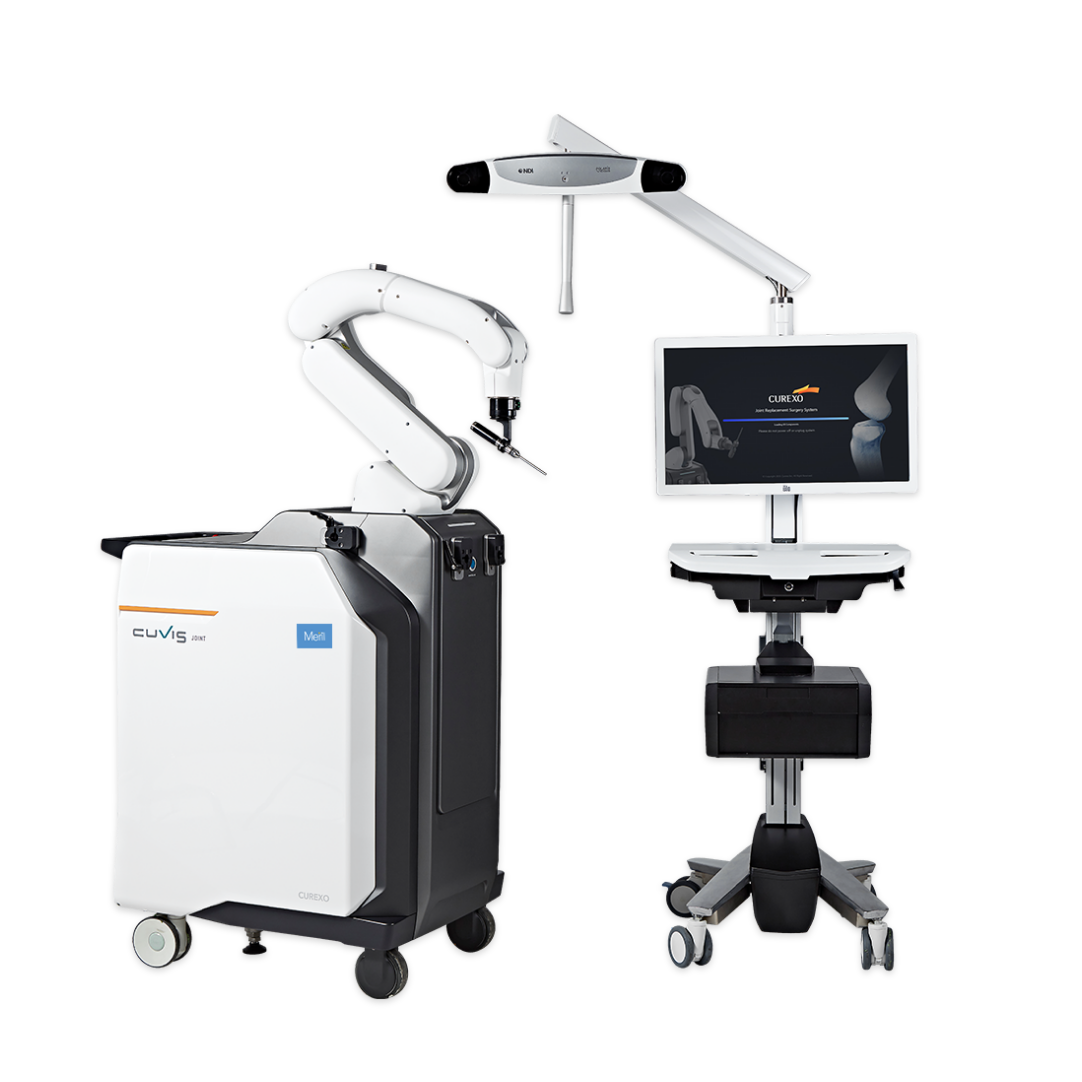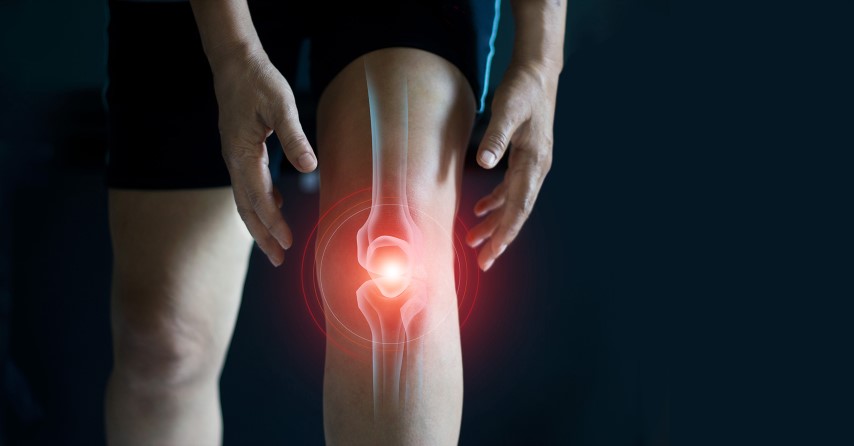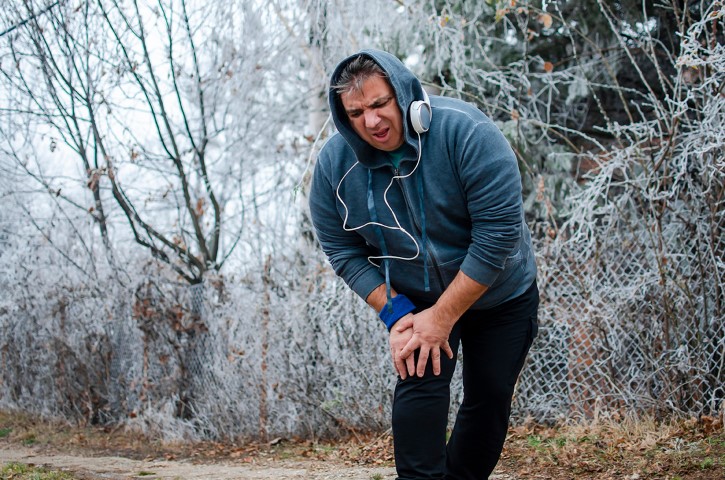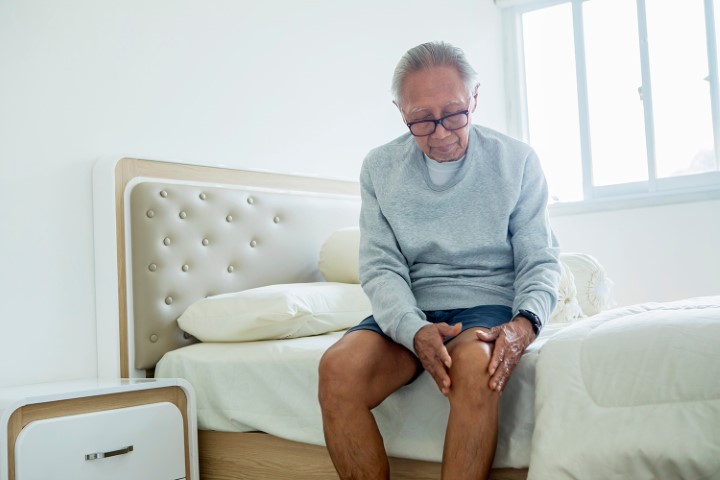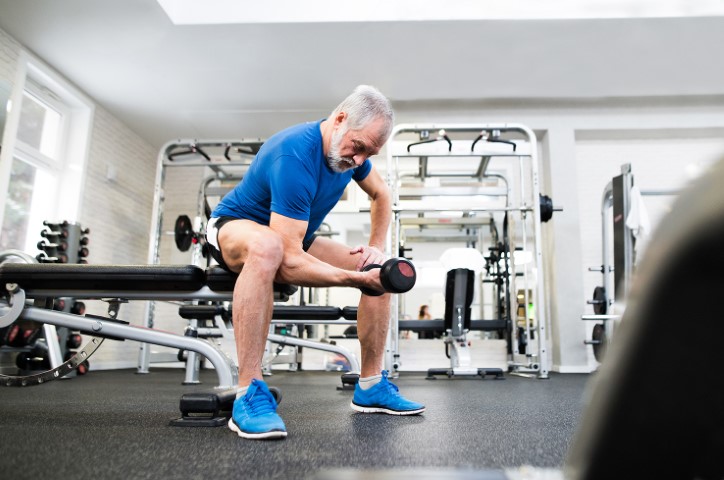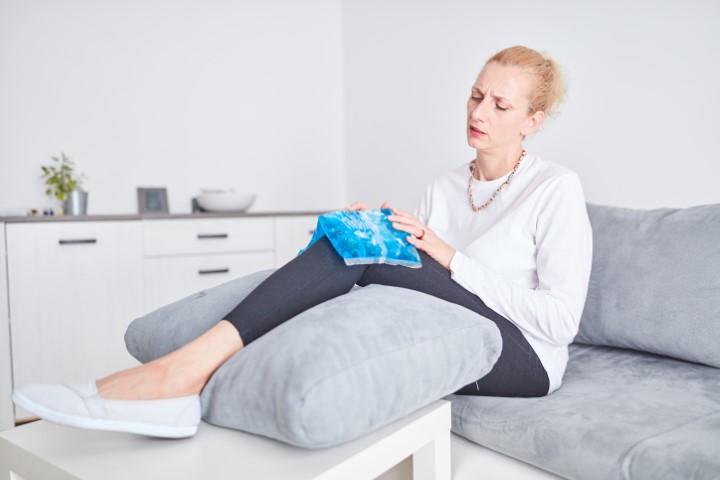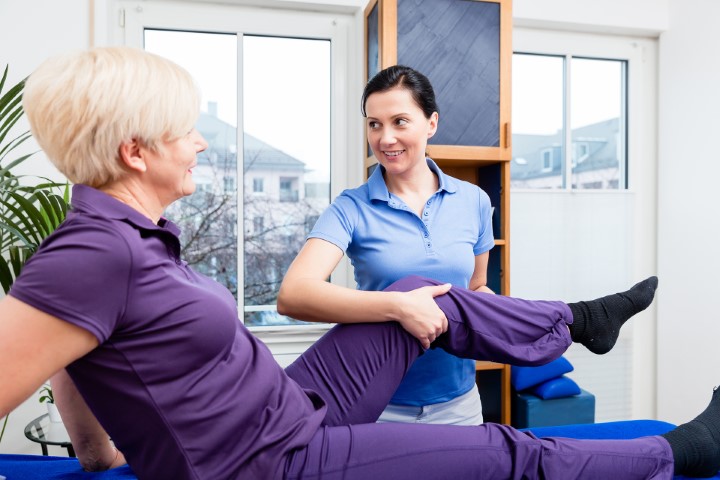Do you often skip taking the stairs and opt for elevators because of your knee pain? Does walking few meters feels like too much? If so then you are not alone, you are one of the millions of people who have been suffering from chronic knee pain. There is no point in sugar-coating it as we all know knee pain ruins the fun in life. The positive news is there are options available for those who are suffering from pain. At first, most doctors will try to treat in non-invasive ways that are non-steroidal anti-inflammatory drugs, therapy, or these days even stem cell-derived growth factor injection but if your knee pain is disabling and alternative treatments are not working, knee replacement surgery might be the best route for you.
A knee replacement surgery can be life-altering for patients with knee pain. This surgery eliminates pain and helps restore mobility so that the patients can resume their active lifestyle. A knee replacement surgery might sound intimidating but advanced technology has made this procedure more effective with the best outcomes. This can be performed in a conventional way where the surgeon seats the implants manually or with the assistance of a robotic arm controlled by the surgeon. Let us understand the difference between these procedures so that they can help you be more at ease.
Traditional Knee Replacement Surgery
Traditional knee replacement surgery has been existing for more than 70 years. This technique typically replaces only a part of the joint. Based on the x-ray an experienced surgeon will carefully examine the correct alignment and positioning for the metal implant. The surgeon then cements the prosthesis and all this is done manually by a surgeon. This replaces the damaged part of the knee which results in more natural feeling and movement. It facilitates quicker recovery and returns to normal activities.
Conventional knee replacement surgery started a revolution in the medical sector and with advanced research and development new forms of surgery have come up to benefit the patients in a better and effective way. It is one step ahead of traditional knee replacement surgery. With the intervention of robotics in medical science it has given another direction, it has touched the orthopedic sector and has proven beneficial in bringing effective results for the patients undergoing robotic knee replacement surgery.
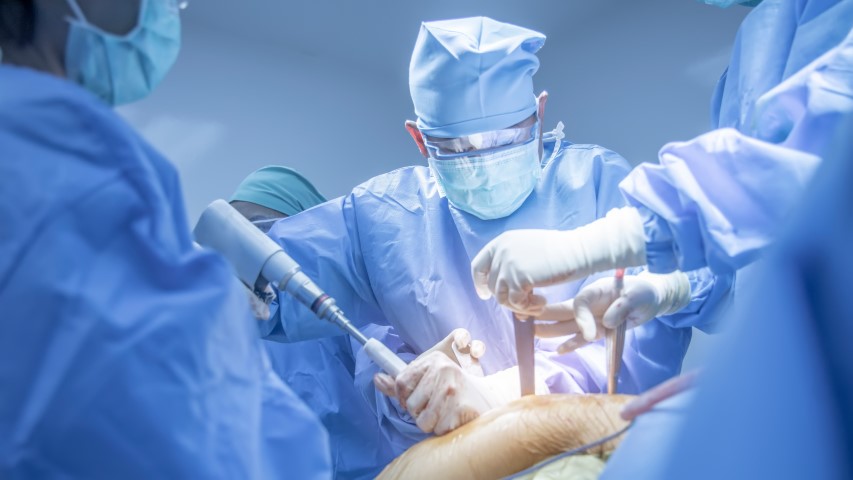


Do you often skip taking the stairs and opt for elevators because of your knee pain? Does walking few meters feels like too much? If so then you are not alone, you are one of the millions of people who have been suffering from chronic knee pain. There is no point in sugar-coating it as we all know knee pain ruins the fun in life. The positive news is there are options available for those who are suffering from pain. At first, most doctors will try to treat in non-invasive ways that are non-steroidal anti-inflammatory drugs, therapy, or these days even stem cell-derived growth factor injection but if your knee pain is disabling and alternative treatments are not working, knee replacement surgery might be the best route for you.
A knee replacement surgery can be life-altering for patients with knee pain. This surgery eliminates pain and helps restore mobility so that the patients can resume their active lifestyle. A knee replacement surgery might sound intimidating but advanced technology has made this procedure more effective with the best outcomes. This can be performed in a conventional way where the surgeon seats the implants manually or with the assistance of a robotic arm controlled by the surgeon. Let us understand the difference between these procedures so that they can help you be more at ease.
Traditional Knee Replacement Surgery
Traditional knee replacement surgery has been existing for more than 70 years. This technique typically replaces only a part of the joint. Based on the x-ray an experienced surgeon will carefully examine the correct alignment and positioning for the metal implant. The surgeon then cements the prosthesis and all this is done manually by a surgeon. This replaces the damaged part of the knee which results in more natural feeling and movement. It facilitates quicker recovery and returns to normal activities.
Conventional knee replacement surgery started a revolution in the medical sector and with advanced research and development new forms of surgery have come up to benefit the patients in a better and effective way. It is one step ahead of traditional knee replacement surgery. With the intervention of robotics in medical science it has given another direction, it has touched the orthopedic sector and has proven beneficial in bringing effective results for the patients undergoing robotic knee replacement surgery.

